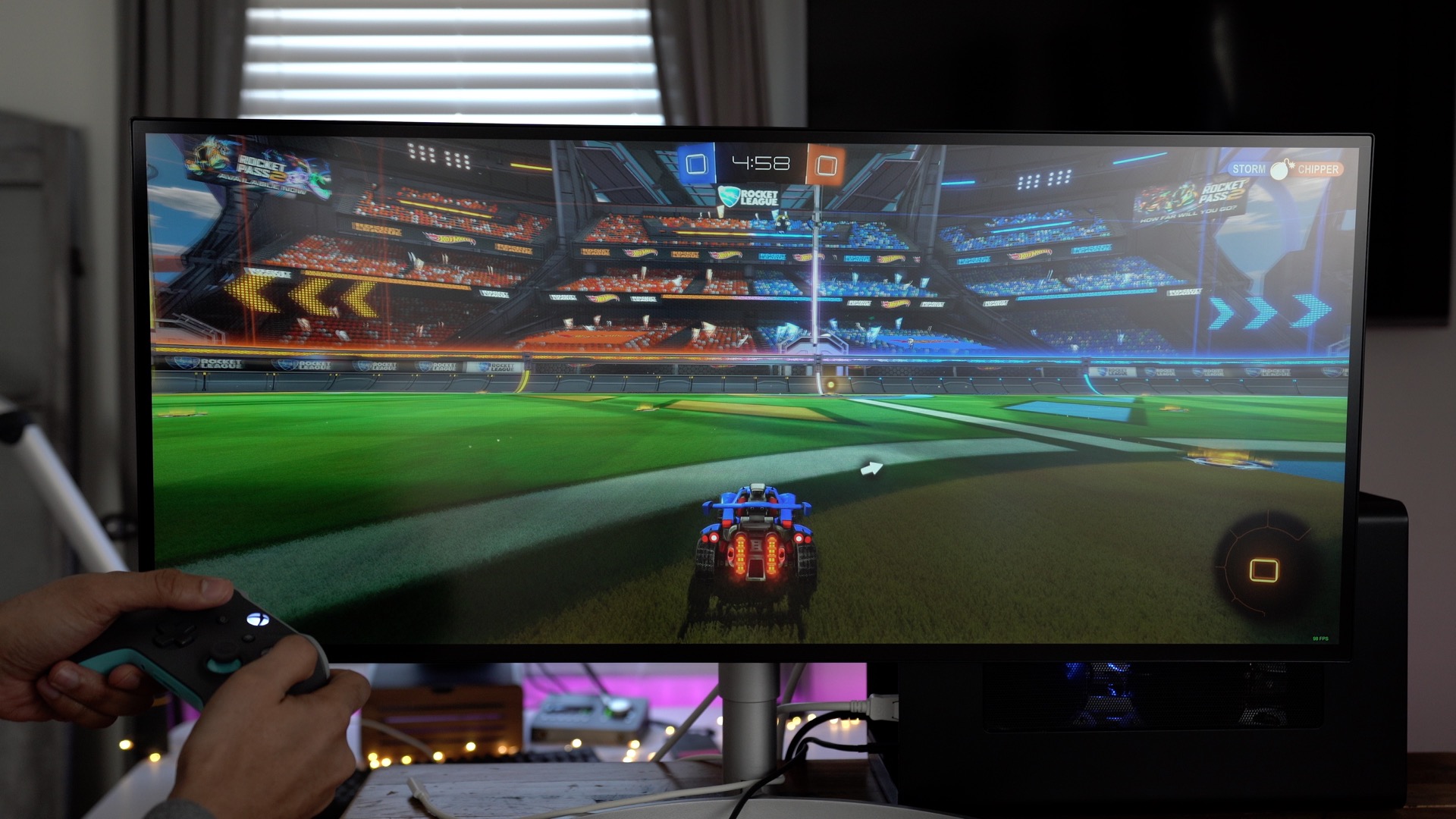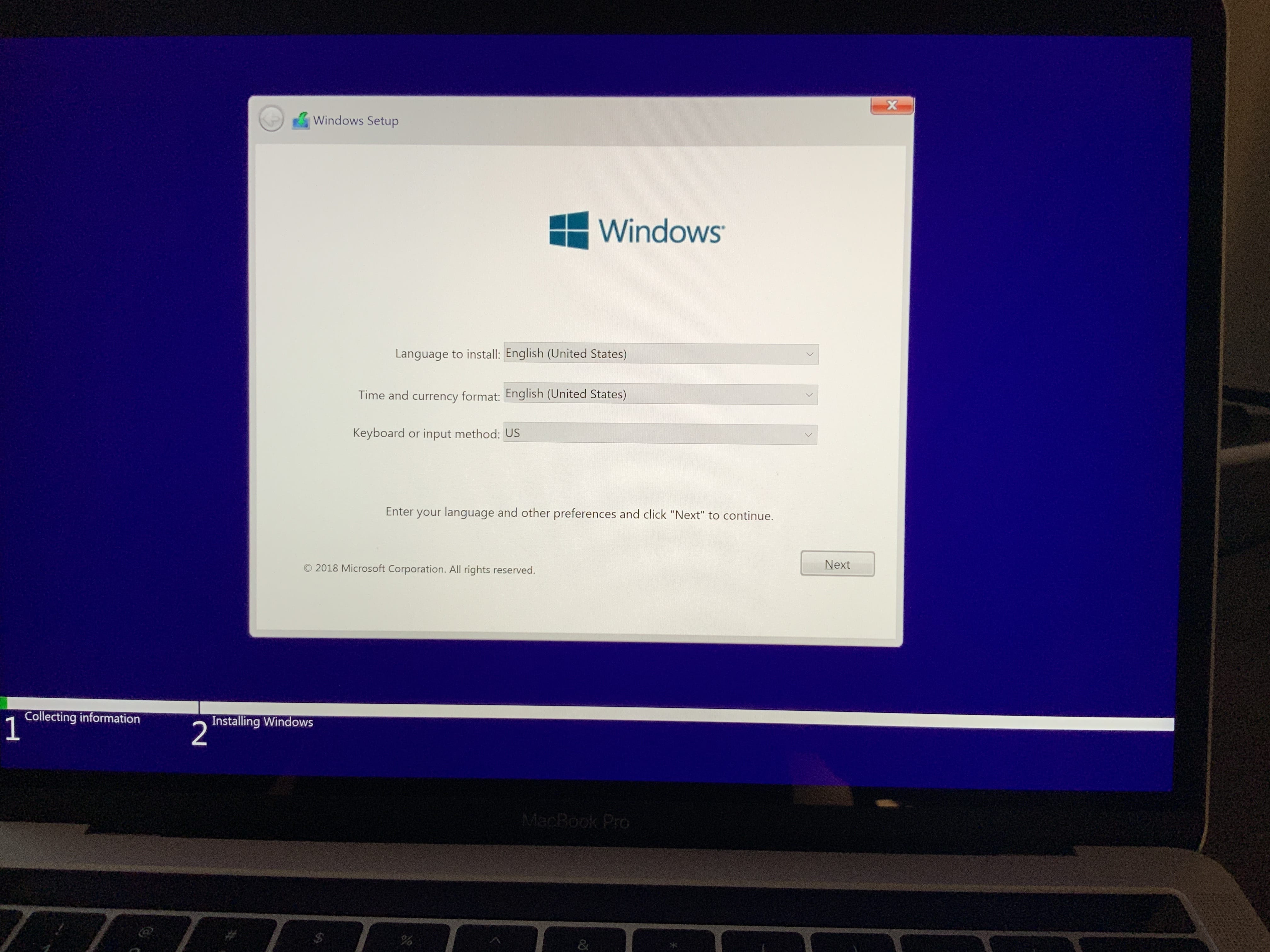
In Final Cut Pro X, the Blackmagic eGPU allows the 13-inch MacBook Pro to export a five minute 4K h.264 clip with added effects in less than half the time of the integrated GPU. Video editing, however, is a different story. We were hoping to see an improvement while editing 42MP RAW images in Lightroom, but the lag is still there despite some assistance from the eGPU. If you're a photo editor, an eGPU won't really make a difference, since apps like Adobe Photoshop and Lightroom mostly rely on Mac's CPU for heavy lifting.

Throughout testing, both the Blackmagic eGPU and the MacBook Pro were whisper quiet. We also hooked it up to a regular 4K display using a Thunderbolt 3-to-DisplayPort cable and saw around the same 35fps at 4K "Epic" settings. Unlike the MacBook Pro's integrated graphics chip, the eGPU was able to keep things much more consistent, with no frame drops that ruined gameplay.ĭropping graphics settings to medium boosted frame rates to about 40fps, and everything still looked great. Graphics quality (obviously) improved and frame rates were hovering at around 30fps. UK and Australian availability are yet to be confirmed, but that price converts to about £940 or AU$1,700.Connecting the Blackmagic eGPU and LG's 5K display, we set the game's resolution to 5K, or 5,120-by-2,880 pixels. The Blackmagic eGPU Pro will be available in November for $1,199 from.


The tall desktop device was designed in collaboration with Apple and is extruded from a single piece of aluminum, Blackmagic says.

The unit is designed for Macs with a Thunderbolt 3 port - such the new Apple MacBook Air - and Blackmagic says it has 22 times the graphics performance of a 13-inch MacBook Pro. Blackmagic's next Apple Mac graphics accelerator, the Blackmagic eGPU Pro, will feature an AMD Radeon RX Vega 56 graphics processor.


 0 kommentar(er)
0 kommentar(er)
